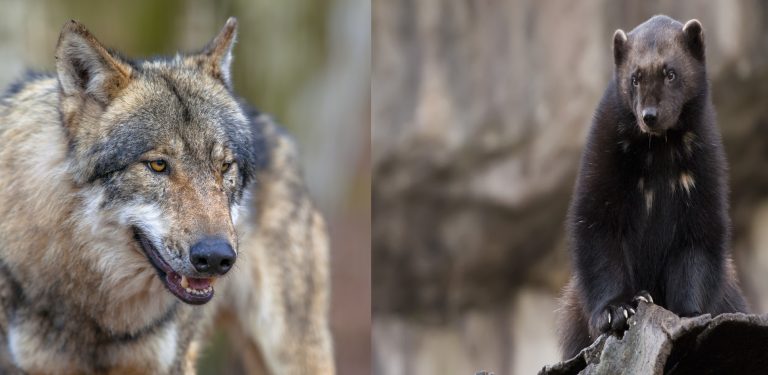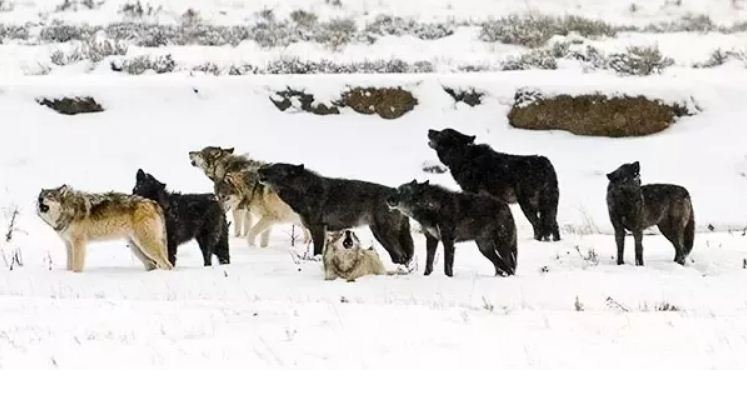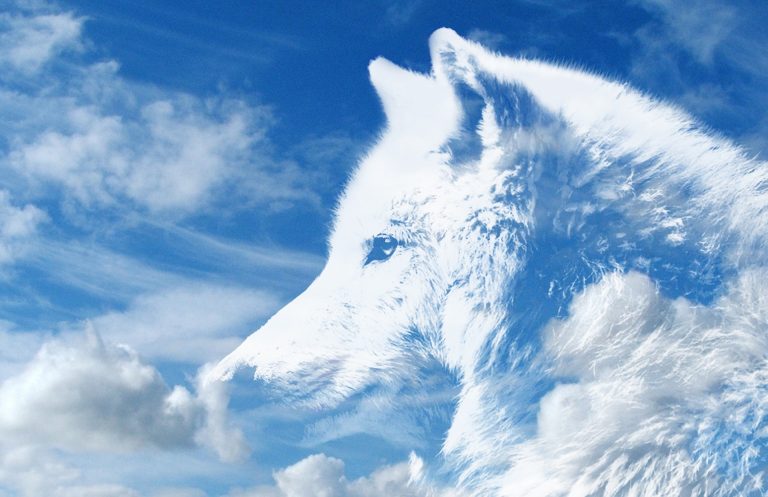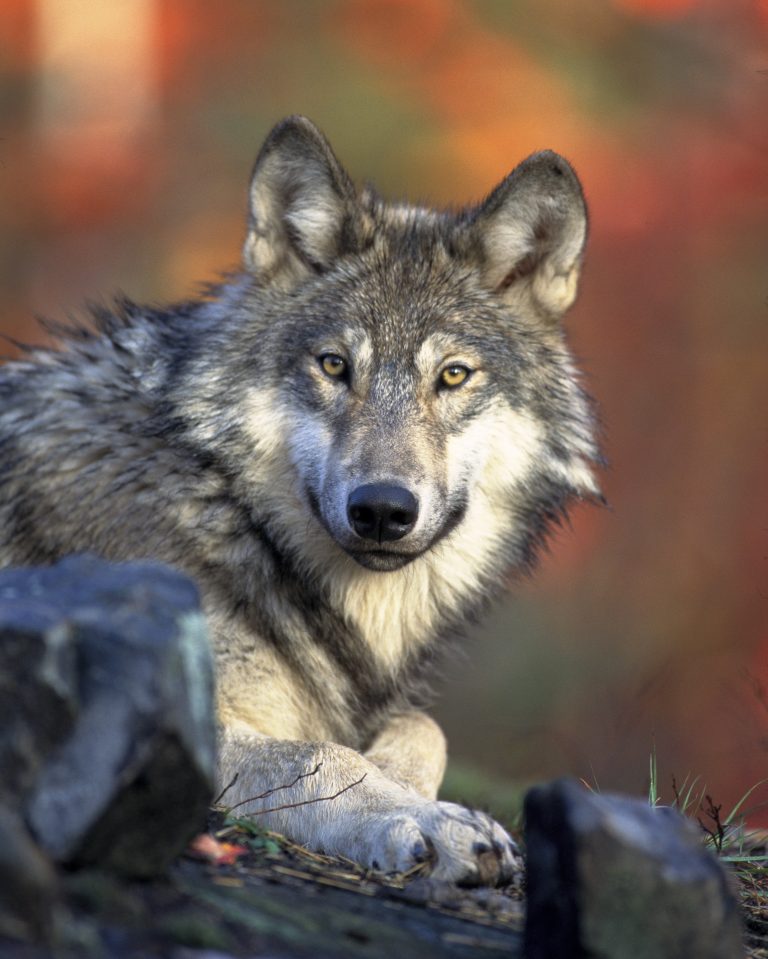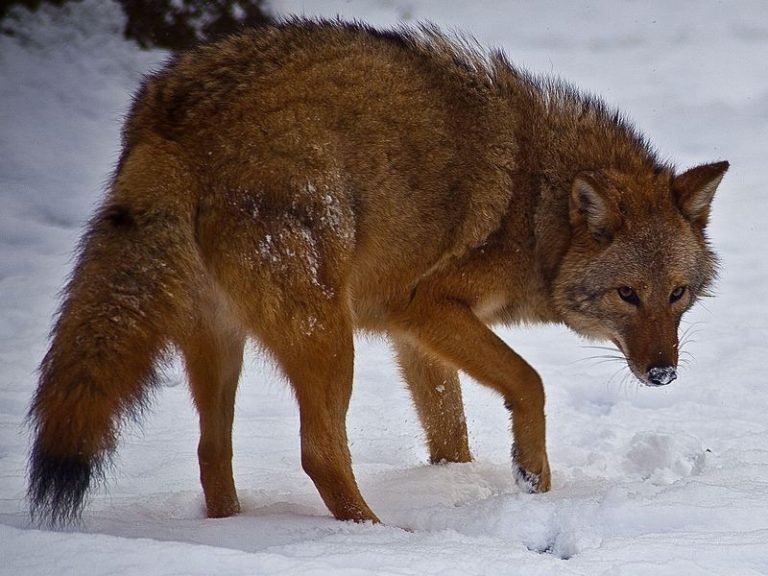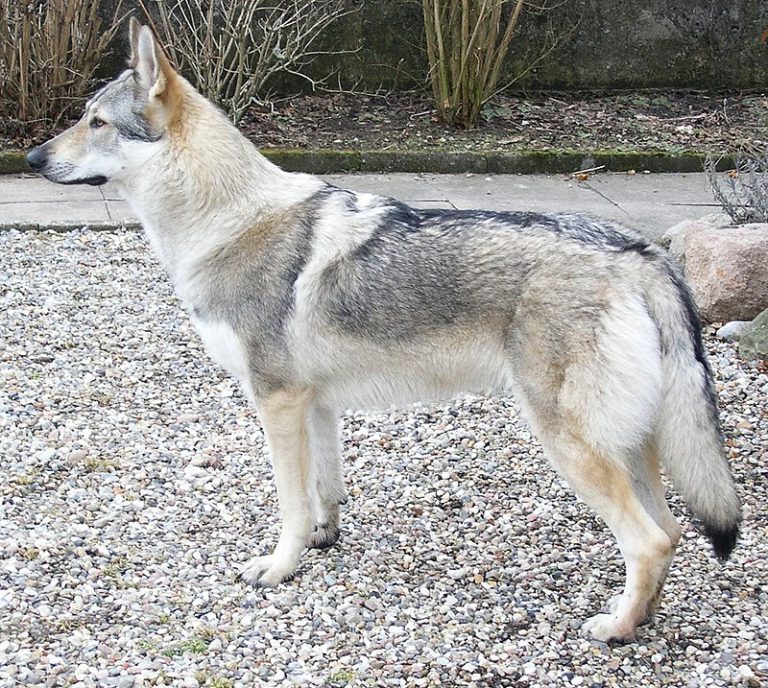Species Profile: The Red Wolf
You could describe the red wolf as a trimmer version of its cousin, the gray wolf. This wolf was saved from extinction in the nick of time.
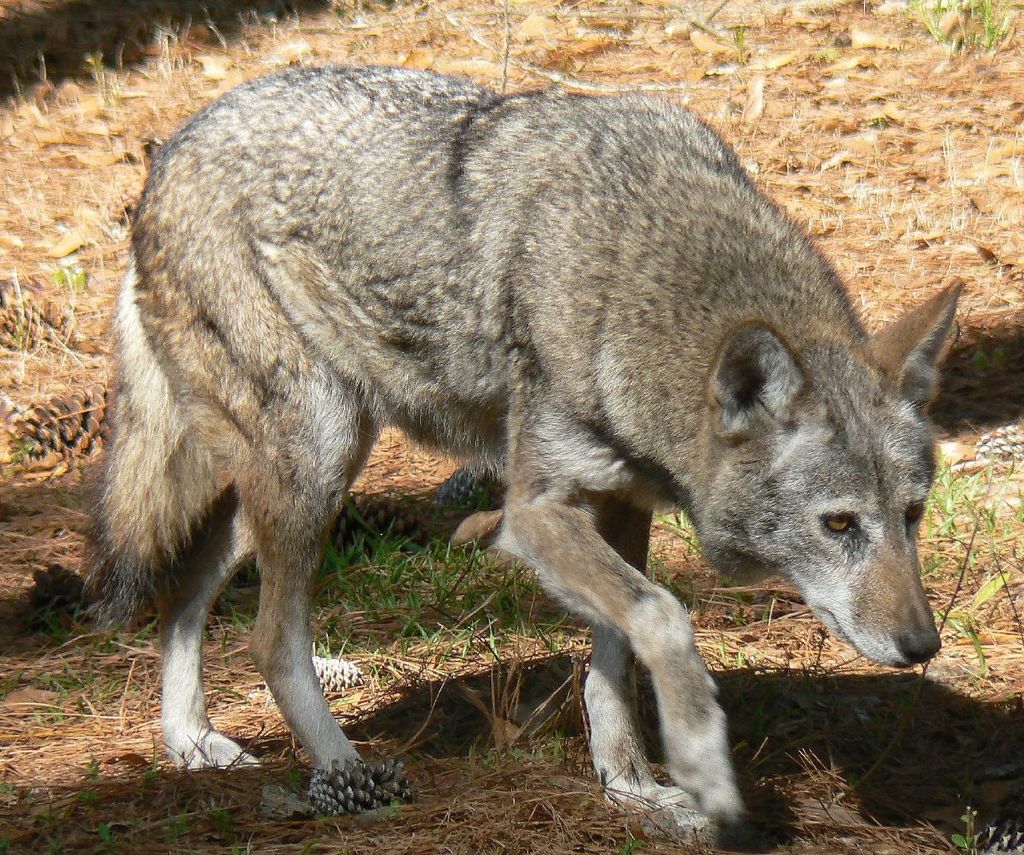
The red wolf is a native wolf of the eastern United States and one of most endangered canids alive today.
It’s characterized by its slimmer, trimmer build when compared to the larger gray wolf and its reddish/tawny color. Actually, it looks somewhat like a combination of a coyote and a gray wolf. Or, like a German Shepherd with a reddish tint.
These wolves are shy, secretive and typically hunt alone or in small packs. Also, they tend to be monogamous for life.
Red wolves are nocturnal by nature and communicate with pack members by scent marking, vocalizations (e.g. howling), different facial expressions, and body postures.
Though they do form packs, the size of such packs varies with the abundance or otherwise of available prey. Their dens are found in hollow trees, along stream banks and sand knolls.
Sadly, this wolf is seriously under pressure as its population was severely depleted by overhunting and habitat loss. The situation was so bad that it nearly went extinct by 1970.
For now, the red wolf is listed at the federal level as an Endangered species of the United States, and its fully protected by law.
In addition, the IUCN classifies it as a Critically Endangered species since 1996.
1) Scientific Name
Canis Rufus
2) Scientific Classification:
- Kingdom: Animalia
- Phylum: Chordata
- Class: Mammalia
- Order: Carnivora
- Family: Canidae
- Genus: Canis Rufus
3) Life Expectancy
About 6 to 7 years in the wild and up to 15 years in captivity.
4) Average/Maximum Length And Height
Adults measure from 136 to 160 cm (53.5 to 63 inches) in length.
5) Average/Maximum Weight
Between 23 to 39 kg. (50-85 lbs.)
6) Running Speed
Between 38 and 45 mph (56 and 72 km/h).
7) The Red Wolf And Humans
These wolves are very wary and shy of humans and for good reason too!
The number one threat to the red wolf today is humans. They are more at risk from attacks from humans than the other way around. Though they will try to avoid human settlements as much as possible, continuous development and habitat fragmentation is pushing them more often to cross paths with people.
Also, there are incidents of red wolf deaths due to auto collisions, and malicious revenge killings. For example, within a 2-week period in 2013, six red wolves were found shot dead.
Though that figure may not sound like much, the fact that these wolves were just about a hundred is serious cause for alarm. In addition, the tracking collars on the wolves were found to have been tampered with.
Presently, killing a red wolf is a federal crime in the USA.
8) Reproduction Details
This species mates for life. Their mating season is from January to February yearly with a gestation period of about 2 months.
A typical red wolf litter will have 6 to 7 pups born in March, April, or May. Their usual den site is inside hollow tree trunks, stream banks or the abandoned earths of other animals. Both parents are active in caring for the pups and by the age of six weeks, the pups begin to venture out of the den.
Pups grow to their full size at one year old and become sexually mature at three years.
The red wolf pack is one very close family unit. It’s made up of a breeding pair and their offspring. The other pack members help care for the pups and maintain the den. By 2 to 3 years, younger wolves will depart the pack to form their own territory and find a mate.
Red wolves are very territorial and each pack has its own territory or home range. Thus, they will hunt in their own range and defend it fiercely from intrusion.
9) Diet/Hunting Pattern Of The Red Wolf
Its preferred diet is primarily small mammals like rabbits and rodents. It will also eat insects, berries and occasionally the white-tailed deer.
10) Alternative Names
- Florida wolf
- Mississippi Valley wolf
11) Population And Conservation Status
As mentioned before, the red wolf is listed as Endangered by the US government and listed as Critically Endangered by the IUCN.
Red wolves likely had the misfortune of being one of the first New World wolf species the early European colonists met when they arrived. The result of that encounter was quickly evident: though these wolves were originally abundant and ranged throughout the eastern United States from as far as the Atlantic Ocean to central Texas, they were soon just a handful left in the wild.
Other areas you could find them before the widespread slaughter included north from the Ohio River Valley, northern Pennsylvania and into southern New York and down south to the Gulf of Mexico.
In fact, they were almost hunted to the very brink of extinction. At this point, it was only a quick intervention by the U.S. Fish and Wildlife Service that rescued this wolf in 1980. They were able to find just under 20 red wolves in the wild which were retrieved for captive breeding program.
By 2007, just about 207 captive red wolves resided at 38 captive breeding facilities scattered across the USA. However, there are less than a hundred red wolves roaming in the wild today.
12) Ancestry And History
Paleontological studies indicate that the ancestors of the red wolf appeared about 1 to 2 million years ago after branching off from a wolf-coyote hybrid ancestor. Sometime thereafter (circa 150,000–300,000 years ago), the North American population evolved into the Modern Day red wolf, the eastern wolf and the coyote.
13) Distribution And Habitat
Prior to the onslaught against them, they ranged throughout the southeastern USA to as far west as Texas. Today, you’ll only find red wolves in northeastern North Carolina, including Alligator River National Wildlife Refuge, and the Pocosin Lakes National Wildlife Refuge.
Their natural habitat is varied and diverse: they can thrive in forests, swamps, coastal prairies, and so on.

